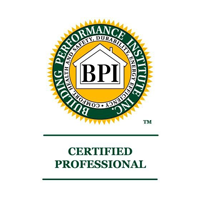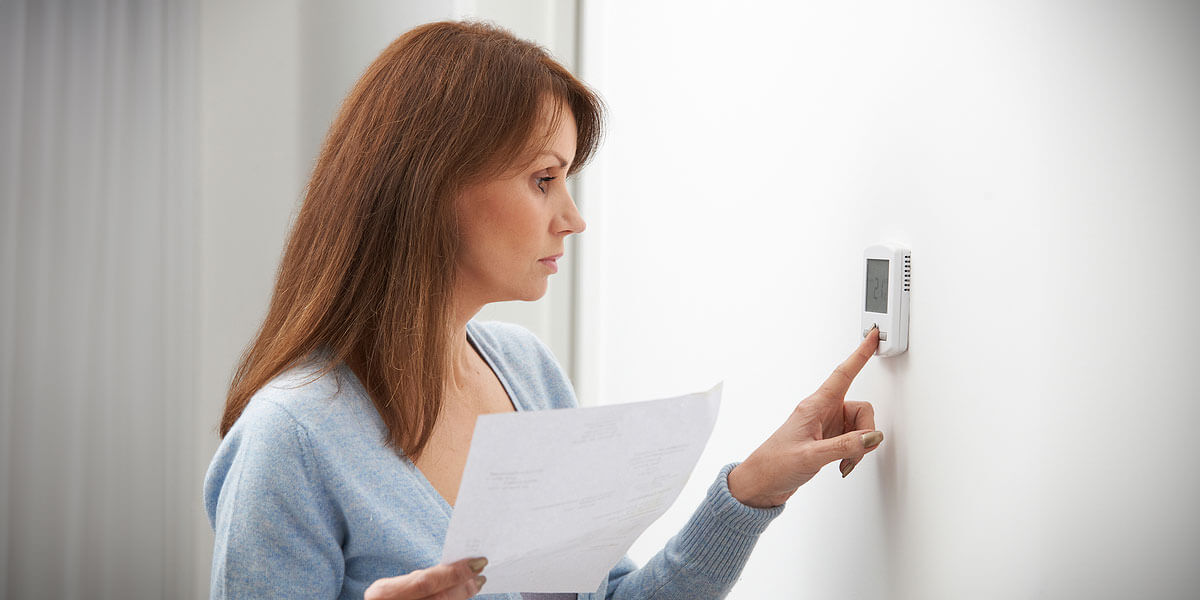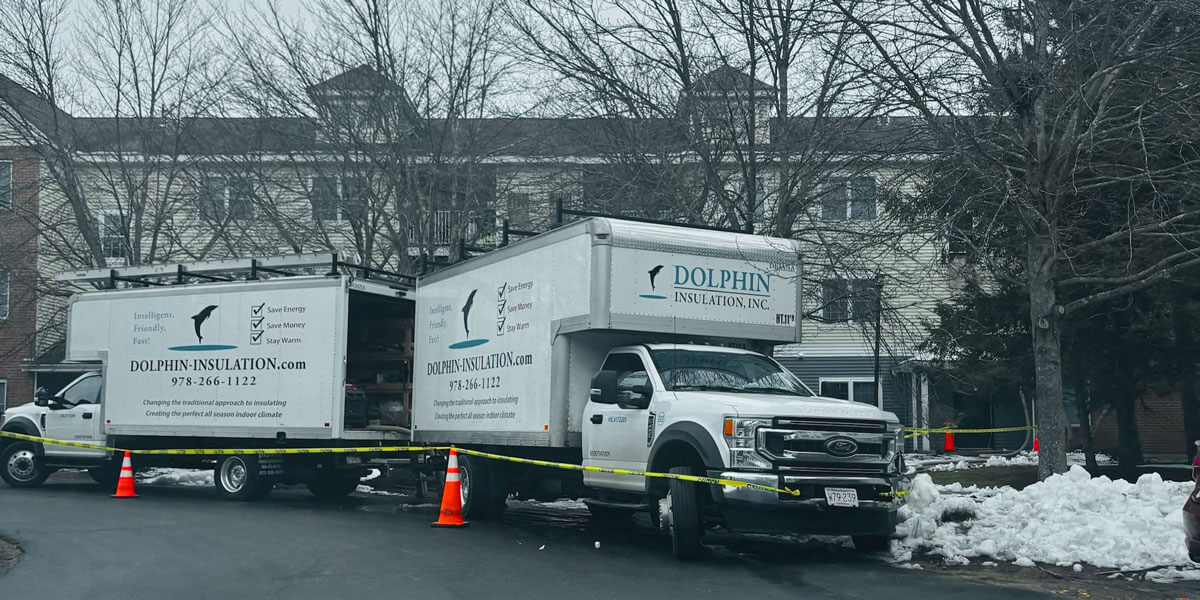In the first month of the New Year, it is only appropriate to reflect on the past year of energy efficient progress. As a nation, we made significant progress in 2013, but let’s set our sights even higher for 2014. It is always said that we learn from history and mistakes, so the energy conservation industry will reflect to progress.
Although energy efficiency policies in 2013 faced political roadblocks and economic hardships, both state governments and the federal government continued to focus on saving energy. For example, Mississippi and Louisiana initiated utility programs and Connecticut and Maine governments both passed legislation to ultimately conserve energy. Still on the state level, seven states updated their building energy codes, and eight states affirmed upcoming efforts to put 3.3 million plug-in electric cars on the road in the next ten to fifteen years.
Energy efficient initiates continued on local levels with Chicago instating a policy to reduce residential energy consumption. Chicago also became the ninth—and most recent—U.S. city to require commercial building energy disclosure. (Boston was the eighth city to declare this policy, which requires commercial buildings to report their energy consumption.)
Zooming out to the federal level, the United States Department of Energy and the Office of Management and Budget finalized new equipment efficiency standards for distribution transformers, microwave ovens, and also issued many drafts of energy standards for other appliances.
In the past year, President Obama announced a plan to advance energy efficiency across the country. The State Energy Committee reported bipartisan energy efficiency legislation. This legislation is currently on the floor for debate and is waiting on votes.
Still on a wide level, the Energy Information Administration for 2013 indicates a decrease in electricity and transportation oil use compared to the same time periods measured in 2011 and 2012. This decrease in energy usage probably stems from policies regarding utility-run energy efficiency, equipment and vehicle standards, and investments in alternative transportation.
As we look ahead in 2014, the Obama administration will face many opportunities to advance energy efficiency without requiring Congress to act. President Obama’s climate action plan includes measures such as carbon dioxide emission standards for existing power plants, and fuel economy standards for heavy trucks.
The upcoming year holds new equipment standards for a variety of products, such as electric motors, commercial refrigeration equipment, and residential furnace fans. New home energy standards are also on the horizon—new standards for new homes, energy efficiency requirements for federally backed mortgages, and possible mortgage underwriting criteria to include a home’s energy efficiency.
Back to the state level, many states are considering new energy efficient policies. For example, Oklahoma wants to instate new rules, California will upgrade equipment efficiency standards, and Maryland and New York will take steps to conserve.
The American Council for an Energy Efficient Economy (ACEEE) will be working with many of the new policies, while publishing over 30 new reports and hosting four conferences on energy conservation. The ACEEE’s upcoming reports will address utility energy efficiency, building retrofit strategies, and other advances in energy conservation. 2014 will save more energy than previous years, and this saving will continue to grow.
Do your part to participate in energy conservation by starting with your home. Insulating and air sealing is the best way to save energy on heating and cooling. Not only will you save energy—you will also see a decline in your bills. Make it your resolution to conserve in 2014!















